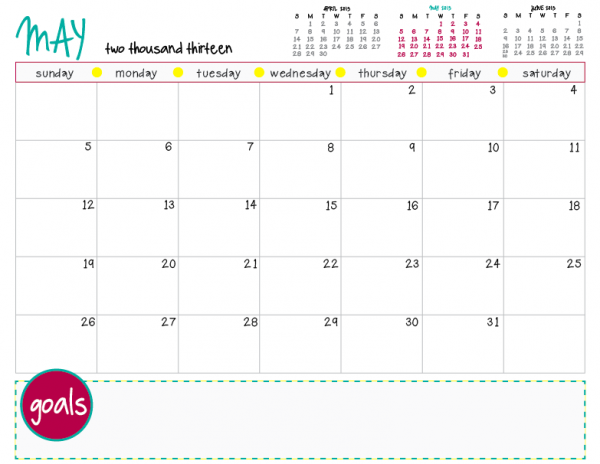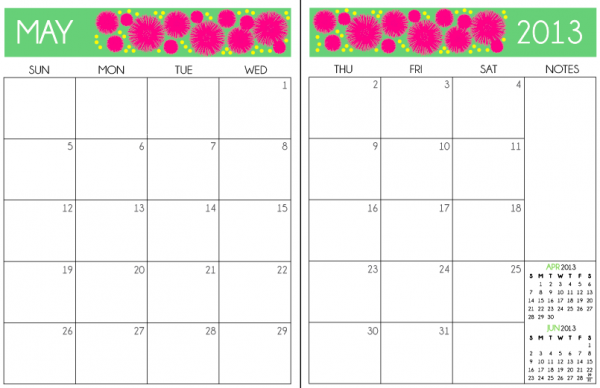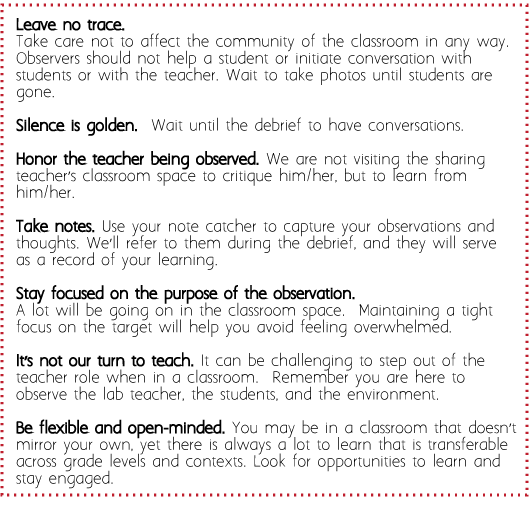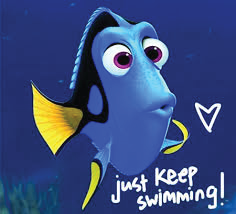Earlier this week I modeled a reader’s workshop lesson in a Kindergarten classroom tied to the Common Core State Standard RL.K.1:

This is a lesson that my coaching colleague, Katie, kindly shared with me as an idea for how to teach this standard in a reader’s workshop. Although the lesson was planned for Kindergarteners, it could easily be adapted for other grade levels by increasing the complexity of the text.
Rather than teaching, asking and answering questions in the same lesson, I planned to first teach students how readers ask questions about books. The text I selected for this lesson was Grandfather Twilight.
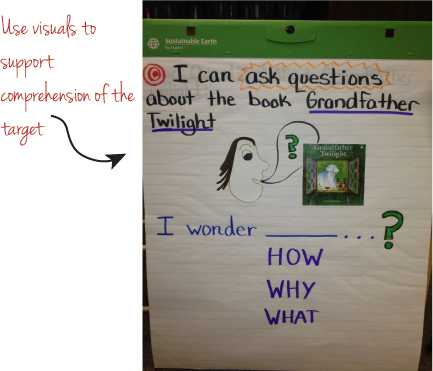
Hook/Introduction
The hook or introduction during a reader’s workshop serves several instructional purposes. It supports engagement, motivation, and a “need to know” for learning. This is also the time when you can connect to prior learning and introduce the learning target for the lesson.
In the hook for this lesson, I shared with students how excited I was to share one of my favorite books with them. I then introduced the learning target and the words we would use to help us ask questions.
Mini-Lesson/Think-Aloud
During the mini-lesson I modeled the thinking I wanted students to do as readers. For this lesson, I read the first few pages aloud and paused twice to model asking questions.
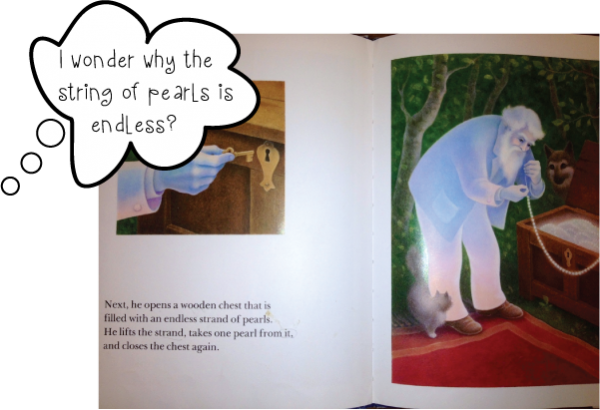
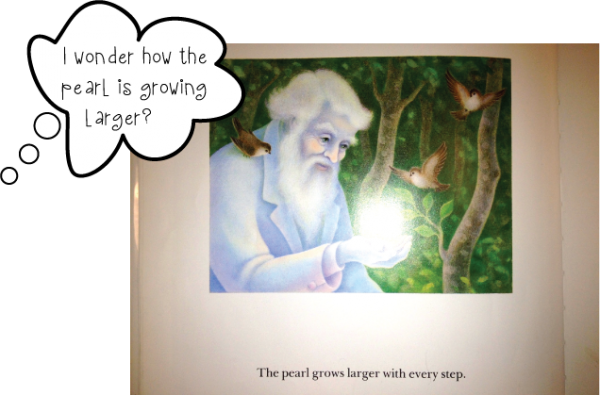
After modeling, I asked students what they saw me do as readers. I wanted them to notice how I read the words carefully, looked closely at the pictures, and used our posted question words to help me ask questions.
Guided Practice
Guided practice is the component of reader’s workshop in which you create a safe place for students to practice the task before sending them off to work independently. It is also an opportunity to assess student readiness for independent application and address misconceptions.
To begin guided practice, I shared with students that it was now their turn to practice asking questions. I read the next few pages on the visualizer and asked students to follow along with their eyes. Allowing students to better see the text helps support fluency.
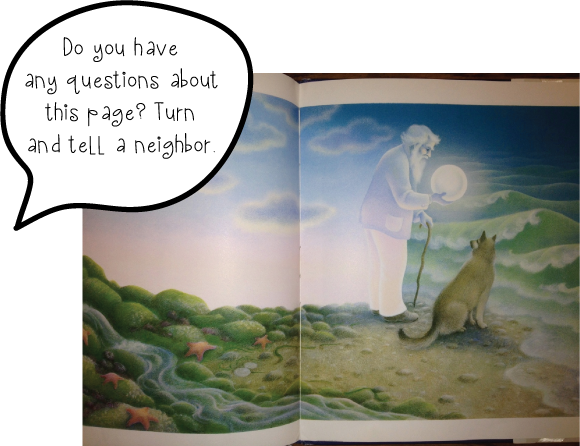
Independent Practice
To support students with independently applying the target, I made them bookmarks.
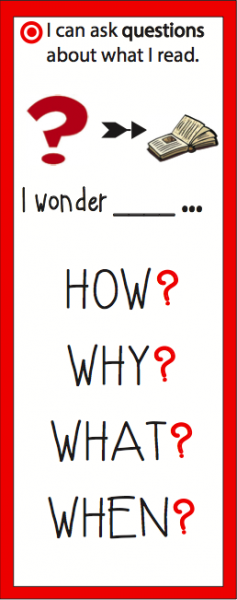
Click Here to Download
As students were reading, the classroom teacher and I conferred with students to see how they were applying the target to their own reading-level appropriate books. I was able to make some observations during this time that I followed up on during the debrief.
Share/Debrief
After students have had time to work on applying the learning target independently, it’s important to honor their efforts with a brief share. For this lesson, you might ask students to share one question they had about a book they read with a neighbor. After students have had a chance to share, make a connection between the specific learning target for the lesson and the larger context. You might ask students, “Why do you think it’s important we practice asking questions as readers?”
Continue to work on this standard using a variety of literature and make appropriate adjustments based on the needs of your kids.
A special thanks to Katie Shenk for providing the foundation for this lesson.
Thanks for reading!

![]()

